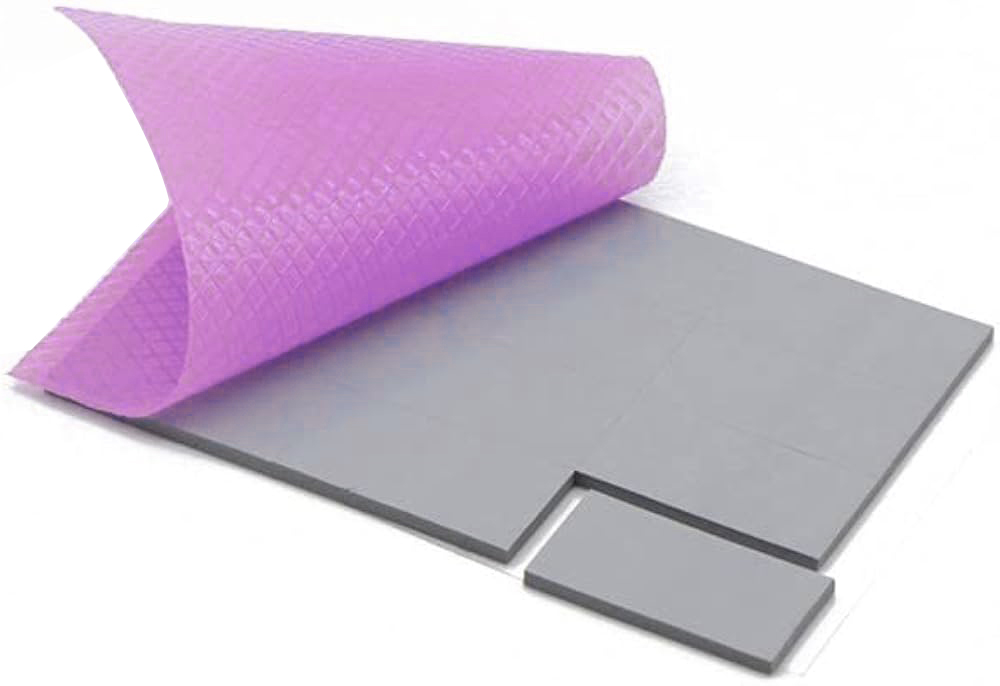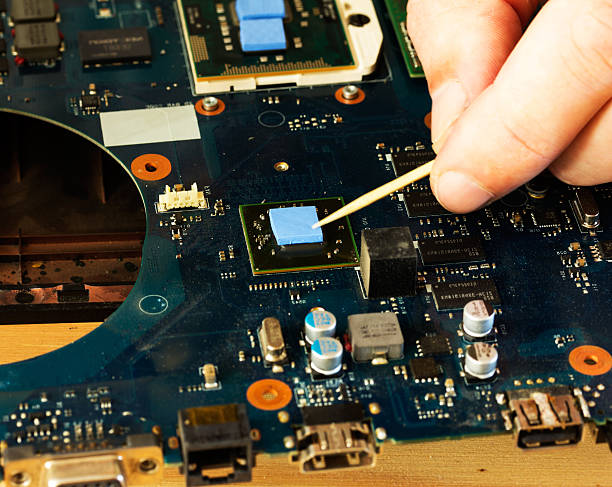This involves interactions between a business and its customers. It's about meeting customers' needs and resolving their problems. Effective customer service is crucial.
This involves interactions between a business and its customers. It's about meeting customers' needs and resolving their problems. Effective customer service is crucial.
In today's electronic devices, selecting the correct thermal pads is crucial for optimal performance and durability. Our high-performance thermal pads are tailored for various applications including CPUs, GPUs, laptops, EVs, and ESSes, offering top-notch thermal management solutions. They enhance thermal efficiency and maintain device stability even in high-temperature conditions, making them a trusted option.

Thermal pads serve as a bridge between heating components and radiators, enhancing heat dissipation efficiency. Known as thermal conductive silicone pads, these pads fill gaps to facilitate heat transfer between heat-producing and heat-dissipating parts.
They are crafted through a special process using silica gel as the base material and incorporating various metal oxides as auxiliary materials. Widely used in electronic components, they not only promote thermal conductivity but also improve damping performance, providing effective protection for electronic parts.

We rigorously test the performance, structure, and thermal conductivity of our thermal conductive mats across various aspects, ensuring their uniqueness and high quality. Whatever your requirements, we can match you with the perfect pad for your specific environment. Selecting the right pad not only ensures an optimal thermal interface for the heating element but also boosts the safety and reliability of the component. Our thermal conductive mats feature the following characteristics:
The hardness of thermal conductive silicone gaskets is typically measured on the Shore 00 scale. A lower hardness indicates less compressive stress and makes it easier to displace the air around the metal surface.
Generally, a higher thermal conductivity corresponds to a thinner thermal silicone pad. Currently, we can manufacture pads with a minimum thickness of 0.3mm to a high standard.
The insulation level of thermal conductive silicone gaskets is often indicated by their breakdown voltage or voltage resistance. Typically, these gaskets have a breakdown voltage of over 10KV/mm due to the strength of the resin body.
Thermal conductive silicone gaskets often lack sufficient strength on their own and typically benefit from reinforcement with additional materials. Here are some common reinforcement materials along with their advantages and disadvantages:

Advantages: Good surface wear resistance and high tensile strength.
Disadvantages: lower tear strength, higher cost, and poor insulation.
Advantages: Higher tensile strength, higher tear strength, and lower cost.
Disadvantages: Poor surface wear resistance and inadequate insulation.
Advantages: High tensile strength, high tear strength, and resistance to high temperatures and voltages.
Disadvantages: Poor flexibility and high surface stress.
Our thermal interface products are versatile and well-suited for various industries and applications, including electronics, telecom, automotive, medical, aerospace, and satellite sectors. Here's where we particularly stand out:
Recommended thermal conductivity: 1.5~3W/m*K.
Advantages: Cost-effective with a thermal conductivity range suitable for core operations.
Recommended thickness: 0.4~3.5mm.
Recommended hardness: Shore 00 25~45.
Selection tailored to customer's core structure.
Recommended thermal conductivity: 5~8W/m*K.
Recommended thickness: 0.5~1.0mm.
Recommended thermal conductivity: 5~12W/m*K.
Recommendations based on customer's heat generation and power.
Recommended thickness: 0.5~1.0mm.
Correctly installing thermal pads is crucial for optimizing the performance and longevity of your electronic devices. These pads facilitate heat transfer between high-temperature components like CPUs/GPUs and battery pack assemblies, and the heat sink.
They play a key role in controlling device temperature and preventing thermal runaway.
Here’s a step-by-step guide to installing a thermal pad for the best results:
Keep in mind that a well-installed thermal pad can significantly reduce the device's temperature, enhancing its performance and lifespan.
The lifespan of thermal conductive pads varies based on their material composition and device operating conditions. Typically, a high-quality thermal pad can last between 3 to 5 years. Regularly monitor your device's temperature and inspect the pads for wear or damage, as these signs may indicate it's time for a replacement.
Selecting the correct thickness for a thermal pad is crucial for optimal thermal conductivity. The ideal thickness depends on the gap between the heat source and the heat sink that needs to be filled.
A pad that's too thick may not efficiently transfer heat, while one too thin might not adequately cover the gap. Generally, thermal pads range from 0.5mm to 3mm in thickness. For accurate measurements of the gap, use a caliper to determine the distance between surfaces and find the best fit accordingly.
What are the differences between thermal pads and thermal paste?
Both thermal pads and thermal paste serve to conduct heat away from electronic components, but they differ in their application and material properties.